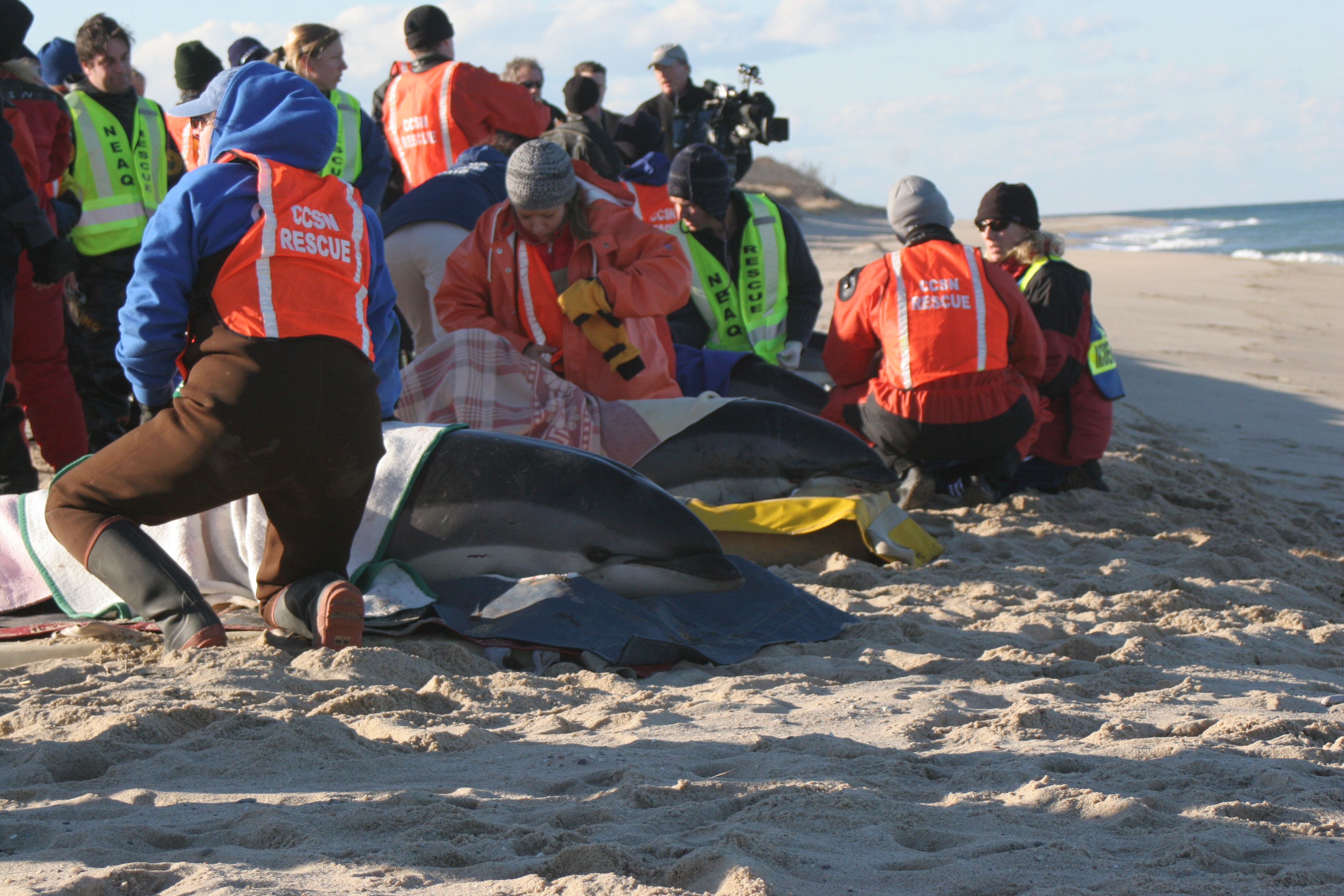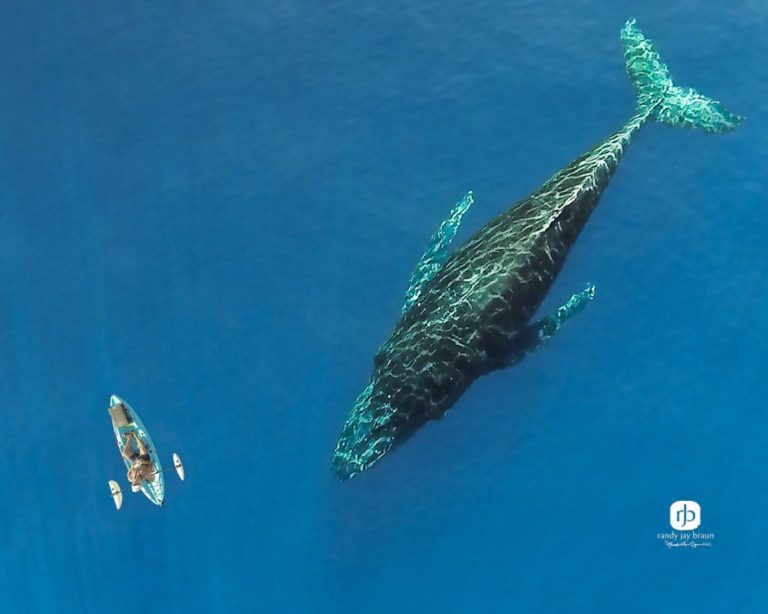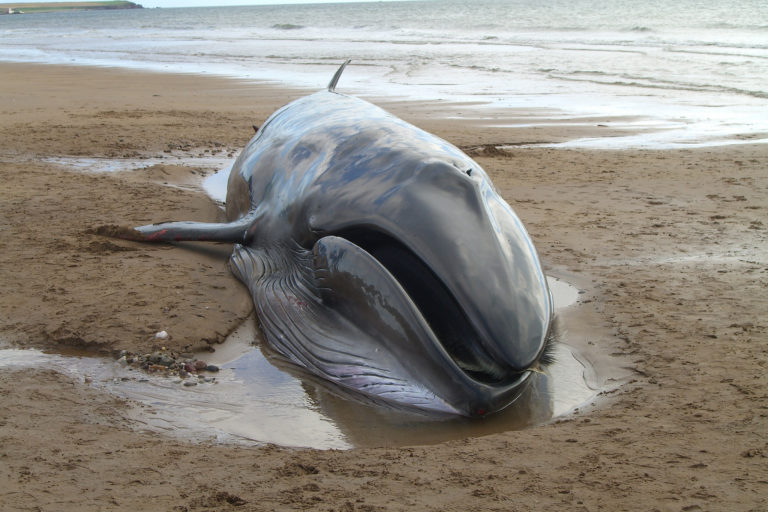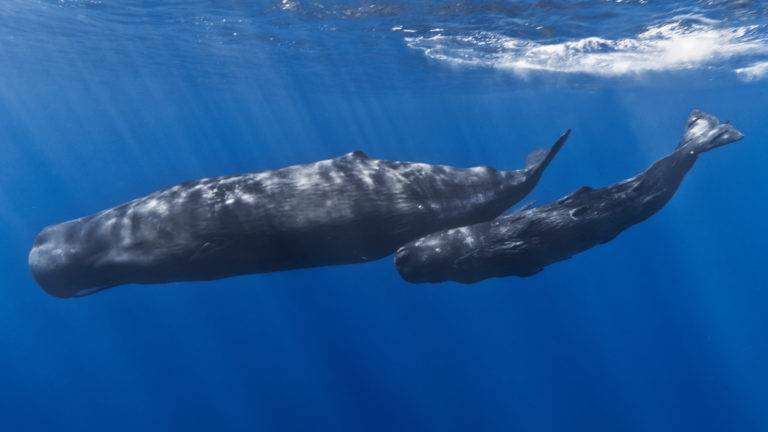Do dolphins get measles? Not exactly, but the disease that’s been ravaging whale and dolphin populations worldwide, called cetacean morbillivirus (CMV), is in the same family of viruses (Paramyxoviridae) that causes measles in humans. Morbillivirus has strains that affect non-cetacean species, including other marine mammals such as seals and otters (phocine morbillivirus), as well as dogs (canine distemper), cats (feline morbillivirus) and cattle (rinderpest). Should you worry about getting measles from Flipper? The good news is that there has never been a case of cetacean-to-human morbillivirus transmission reported. There is, however, a danger of it spreading from cetaceans to dogs and cats, so the CDC recommends keeping pets away from marine mammals, living or dead.
Scientists have determined CMV to be the cause of the recent mid-Atlantic Unusual Mortality Event (UME) that has resulted in the deaths of over 1,800 bottlenose dolphins. Between 2013 and 2015, dolphins were stranded (washed up dead) on beaches from New York to Florida, exhibiting an array of lesions on their skin, mouth, lungs, and joints. CMV targets the brain and lungs primarily. The most common symptoms are skin lesions, pneumonia, brain infections, and other secondary infections due to a compromised immune system.

This most recent UME was not the first of its kind. Between September, 1987 and June, 1988, 740 dolphins washed up on beaches along the Eastern Seaboard, with estimates that two to three times that many died at sea and the carcasses were not recovered. The first UME was a seminal event that led to a massive and intense effort to understand dolphin biology, life history and population dynamics. While CMV was determined to be the cause of the 87-88 die-off, much remains to be learned about the basics of the life of dolphins in the sounds, bays, and the open ocean. GDEP is part of the continuing effort to understand the dolphin populations in Georgia.
Despite all of the work that has been done so far, we still know relatively little about CMV, especially which conditions may trigger the die-offs. Part of the answer to CMV’s uncanny ability to infect and kill large numbers of marine mammals is its mode of transmission. The virus can spread between animals through inhalation of respiratory particles, direct contact (think: mother to calf), and exposure to mucous membranes or open wounds. Many cetacean species are very social and tactile, so opportunities to transmit the disease abound. Since dolphins in the open ocean are free-ranging, no methods currently exist to stop or slow transmission, prevent infection, or cure infected individuals.

You may be asking, “are humans at fault?” in the outbreaks of CMV. The question of how anthropogenic factors may contribute to CMV is unclear and several explanations are being explored by scientists. One is that environmental changes that alter the habitat or migration patterns may cause previously unexposed dolphin groups to come into contact with infected populations, creating the potential for an outbreak. Another is that human-made contaminants, such as mercury, which compromise the immune systems of cetaceans, could increase their vulnerability to morbillivirus. A third is that populations may simply experience periodic outbreaks as exposure, and therefore, immunity fades over time. The worst case scenario is that some combination of these factors could lead to transmission of CMV from an infected population, like the coastal migratory stock, to the population(s) that live in the estuary system of Georgia, which have no immunity to CMV. The outcome of such a cross-infection phenomenon could be catastrophic.
Cetacean populations face a number of threats on both a local and global scale. Health assessments of dolphin populations conducted in several areas of the US coast between 2003 and 2015 found that fewer than half of dolphins assessed could be classified as healthy. A myriad of stressors—ranging from environmental contaminants like PCBs, mercury, and antibiotics to known and emerging diseases like fungal infections, papilloma virus, and cetacean morbillivirus—has taken its toll on marine mammal populations, with no end in sight. While we can’t catch measles from a stranded dolphin, we should be concerned that the declining health of this sentinel species may be a harbinger of future threats to ourselves and other animals.
For sources used in this blog and additional resources on this topic, please see the Resources page.




